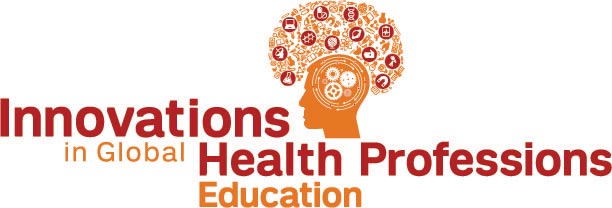Progress of medicine and, together with it, the wellbeing of patients depend on creative minds. Patel and Chaikof, both affiliated with Harvard Medical School, alert us to the fact that even modern educational tools—problem-based learning, the ‘flipped classroom’, and so on—mostly teach students application of knowledge to “defined problems.” Empowering future health professionals to be creative, the authors say, requires teaching an innovative mindset during education.
Academic health centers may be best suited to let future professionals explore their creativity. In a 2013 article, Dzau and co-authors wrote about the centers as “hotbeds of innovation,” documented (besides numerous Nobel prizes) through changes in healthcare delivery, for instance the introduction of the physician assistant. The authors also described existing measures of innovation teaching, support, and implementation; in teaching, there are extensive programs such as the 14-week Innovative Thinking Curriculum at the University of Texas School of Public Health. Instead of adding a further module, Patel and Chaikof show how ‘innovation instruction’ can be integrated into the medical school curriculum without a significant workload increase.
Teaching innovation—to a certain degree—requires novel teaching concepts and contents. Patel and Chaikof turned to the framework of Keith Sawyer to help students discover spaces and opportunities for innovation in surgical patient care. Sawyer’s eight-step framework—which starts by asking ‘the right’ questions and includes steps such as playing with alternatives in imagination to realize an idea—helps students practice innovative thinking. It is important to foster and encourage creativity on all scales; if innovation is to turn into a habit for healthcare institutions, its members may want to start with finding creative solutions that improve everyday clinical practice. Collaborating with open-minded people generally comfortable with novelty will facilitate disruptive innovations, ‘game changers’ such as (in biomedicine) angioplasty, 3D imagining, or genome editing.
The 90-minute lessons linked to Patel and Chaikof’s project IDEAS (Innovation, Design, and Emerging Alliances in Surgery) take place only four to six times during medical students’ surgical clerkships. Over a period of three years, 134 student projects were collected. The largest share (29 percent) addressed the therapeutic aspect of surgical care, followed by communication and safety (each around 20 percent of projects) in the operation room. More than half of the projects proposed novel devices and almost 20 percent surgical applications. Most frequently addressed specific problems were “optimizing surgical lighting” and—interestingly—“providing medical students self-education during the clerkship”, indicating that collaboration with students may help discovering new educational tools and methods.
Students evaluated the IDEAS project “overwhelmingly” positive, and Patel and Chaikof received “enthusiastic” support for IDEAS. The project runs against the preconception that an innovative mindset cannot be taught, or that it requires a massive usage of resources. On the contrary, limited resources have fostered innovations in less wealthy countries; Dzau and coauthors cite the example of the LifeSpring hospitals in India that—by cost-effective optimization of skills and processes—provide high and affordable standards of obstetric healthcare. Yet as the disease burden grows faster than healthcare budgets, developed countries need comparable innovations to maintain their high care standards.
Some people are creative or even ingenious by nature. However, most need to be taught and trained. Future health professionals should receive such teaching before they are immersed in clinical practice—and we need to watch out for ways how to achieve this.
Mirko von Elstermann
Read more: Patel MS, Chaikof EL. Promoting creativity and innovation in a structured learning environment. Ann Surg. [Epub ahead of print 29 Jan 2016]. http://dx.doi.org/10.1097/SLA.0000000000001658
See also: Dzau VJ, Yoediono Z, Ellaissi WF, Cho AH. Fostering innovation in medicine and health care: what must academic health centers do? Acad Med. 2013;88:1424-1429. http://dx.doi.org/10.1097/ACM.0b013e3182a32fc2

